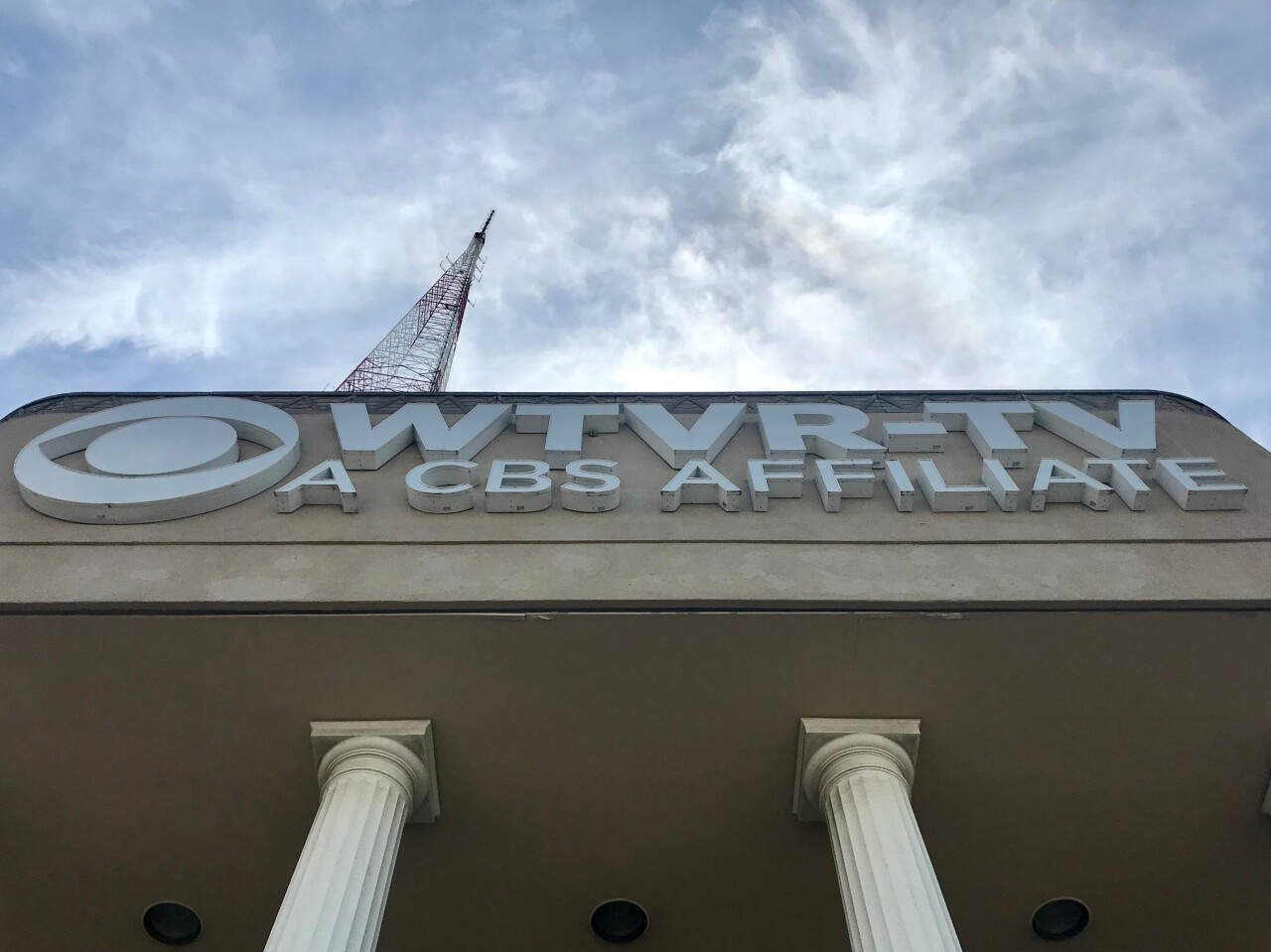RICHMOND, Va. -- In the heart of Richmond's Museum District, WTVR's imposing red-and-white television tower has stood as a monumental work of art for the past seven decades.
But it took some convincing, a little luck, and a lot of bravery to create such a soaring structure.
"The tower, when it was built, that’s such a story from beginning to end," said Don Talley, senior account executive at WTVR-TV.
When Channel 6 first went on the air in April 1948 – becoming the south’s first television station – the transmitter was located in a field off Staples Mill Road, near Broad Street.
But that tower had limited power.

So WTVR's visionary founder, Wilbur Havens, came up with a plan to change the city’s skyline. And he wanted to lay the foundation right in the station’s own backyard.
"It took them three years just to get all the permits because everybody that could opposed the building of the tower," said Talley.
While there had been attempts to erect similarly-sized structures, no one had ever tried to build something like it in the middle of a city neighborhood.
PHOTOS: A look at WTVR's imposing red-and-white television tower

"It was really contentious," said Christina Vida, the Curator of General Collections at the Valentine. "It was one of the first times where the city and the citizens were having to wrestle with the balance, with the conveniences of modern life with intrusions into the visual landscape of the city."
Despite some resistance, things began to fall into place in December 1951.

Just before Christmas, the U.S. government gave air space clearance.
One month later, the Federal Communications Commission granted permission.
Then in March 1952, Richmond's Board of Zoning Approvals gave the green light.
But there was one last hurdle – WTVR still needed the blessing of the little-known National Production Administration, or NPA, which was in charge of developing and producing materials and facilities necessary for military defense.

So Havens promised that the new tower would be a vital tool for national security.
The station had already been airing weekly “survival programs” produced by the Federal Civil Defense Administration, and related films like "Survival Under Atomic Attack."
Havens said a bigger tower would be able to beam programs like that to more television sets than ever before.
The NPA signed off on the plan and construction began at the corner of Tilden Street and Cutshaw Avenue.

Remarkable film footage still exists, a silent chronicle of the death-defying exploits of the brave men who built the tower from the ground up... and up
"Today there’s only a handful of people that can do this, but back then, again, these were guys from the Greatest Generation," said Talley. "They had already saved the world, so a little something like building a TV tower over a 1,000-feet high was really nothing to them."
The project took about 13 months, a whole lot of steel, and 1.5 million pounds of concrete.

And the day it was completed it went right into the history books.
"Obviously nothing like that had ever been built, it was the tallest freestanding radio-TV tower in the United States at the time," said Talley.
1,049 feet above sea level, to be exact.
As predicted, viewership also hit new heights.
"You have to remember that that tower, when they turned it on, was a flamethrower, I mean that sent out such a signal," said Talley. "It went up into the DC area, well into North Carolina, it burned through the Blue Ridge Mountains into the Harrisonburg area and places like that, and it went into Norfolk."

The tower is still a lightning rod, but it’s “flame throwing” days are over.
You could say it became a sleeping giant in 2009, when WTVR and every other TV station in the country threw the switch and converted from analog to digital.
The tower does continue to broadcast the signal of a local radio station, and it is used by firefighters and rescue crews from all over North America as they train for high-rise emergencies.
"So, it still serves a purpose today, and it helps us find our way to work," said Talley.
A titanic landmark that continues to stand alone, all these years later.




